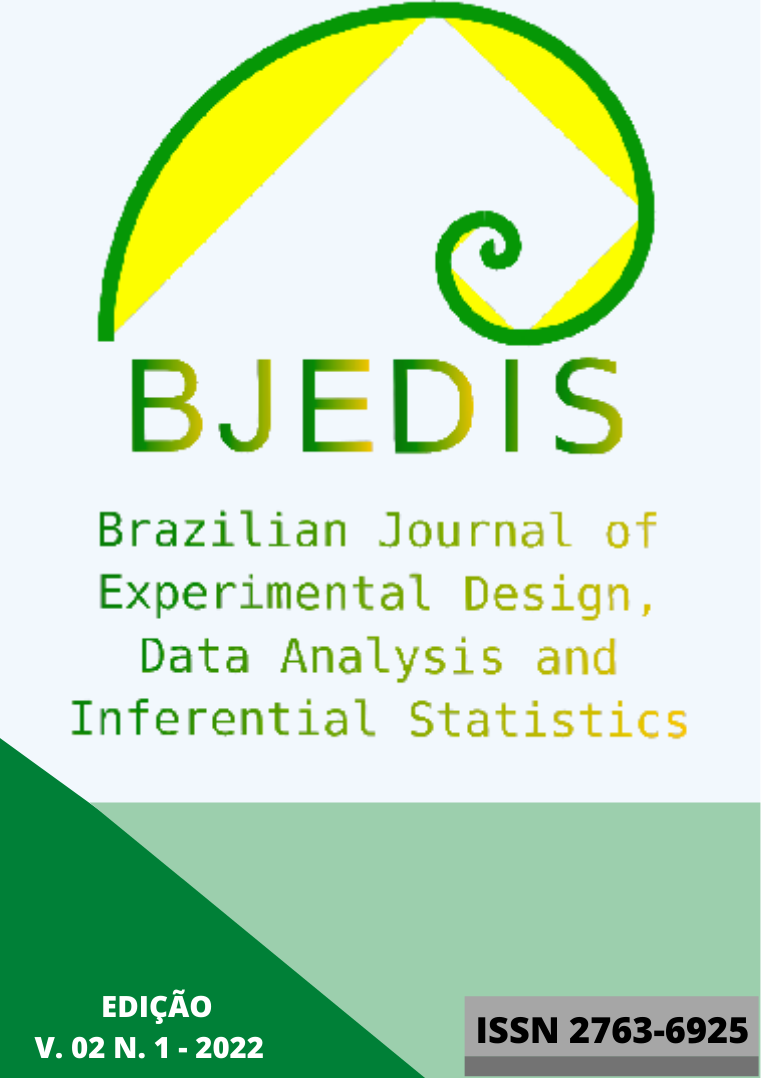Reducción de ruido en imágenes de SPECT utilizando métodos de variación total
DOI:
https://doi.org/10.55747/bjedis.v2i1.52471Keywords:
Medicina Nuclear, SPECT, ruido, procesamiento digital de imágenes, análisis estadístico no paramétricoAbstract
La reducción del ruido en imágenes de Tomografía Computarizada por Emisión de Fotón Único (SPECT) sigue siendo un campo de investigación en la actualidad. El ruido produce una degradación en la calidad de las imágenes, lo cual puede
afectar la precisión de los diagnósticos médicos. En esta investigación se comparan 11 métodos modernos basados en variación total, para la reducción del ruido en imágenes de SPECT. Se utilizan un corte tomográfico del maniquí de Jaszczak, el cual es procesado por todos los métodos. Para evaluar la calidad de las imágenes procesadas, se emplearon métricas objetivas de calidad de imagen. Se realiza un análisis estadístico no paramétrico de los resultados, y se obtuvo que, si se requiere mantener un alto contraste imagen, se sugiere emplear los métodos FISTA o DCRG-PPXA; en cambio, para mantener la mejor resolución espacial posible, se debe elegir a TVNLR o RTV. Por su parte, los métodos PDHG y GPCL, remueven una alta cantidad de ruido, aportando excelentes valores tanto de relación señal a ruido como de relación contraste a ruido.
Downloads
Downloads
Published
Issue
Section
License
AUTHORS’ DECLARATION AND COPYRIGHT TRANSFER AGREEMENT
The undersigned authors hereby declare that the submitted manuscript is an original work and has not been previously published or submitted, in whole or in part, to any other journal. The authors further commit not to submit this work to any other journal while it is under consideration by BJEDIS.
We affirm that the manuscript is free from plagiarism, and we accept full responsibility for any allegations of academic misconduct that may arise.
By submitting this manuscript, the authors irrevocably transfer all copyrights of the work—including, without limitation, the rights of reproduction, distribution, translation, and public communication in any form or medium—to BJEDIS. Any breach of this agreement may result in legal action in accordance with the Brazilian Copyright Law (Law No. 9.610 of February 19, 1998).
The authors also declare that there are no conflicts of interest related to this work. All sources of financial support have been properly acknowledged in the funding section of the manuscript.



